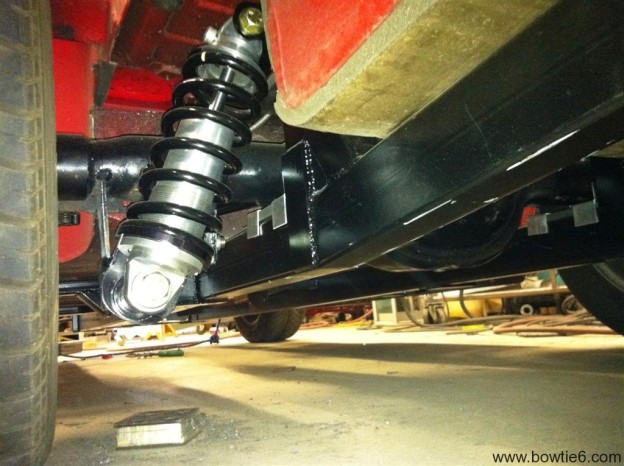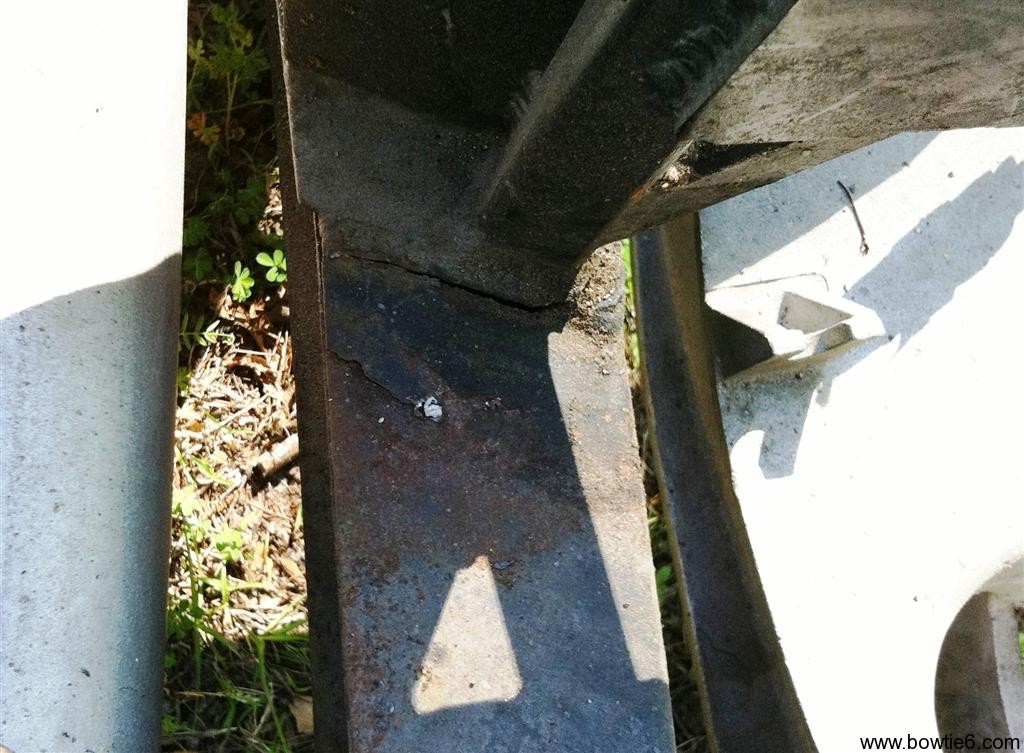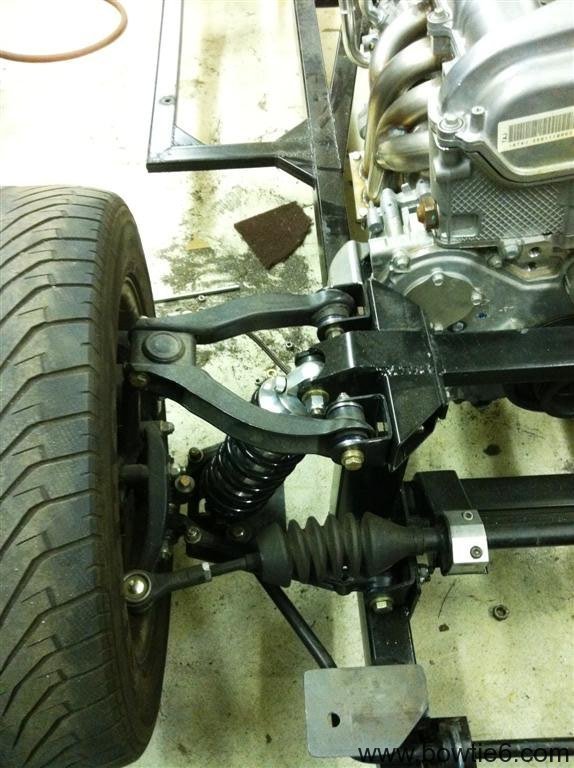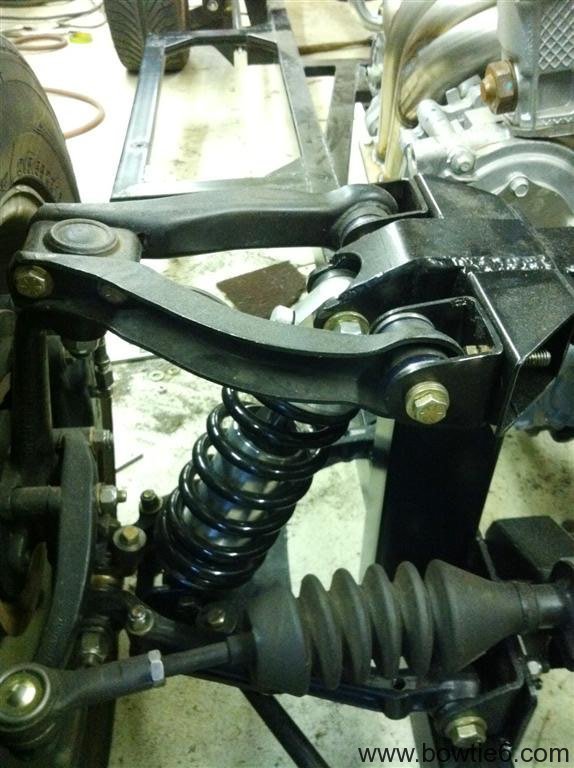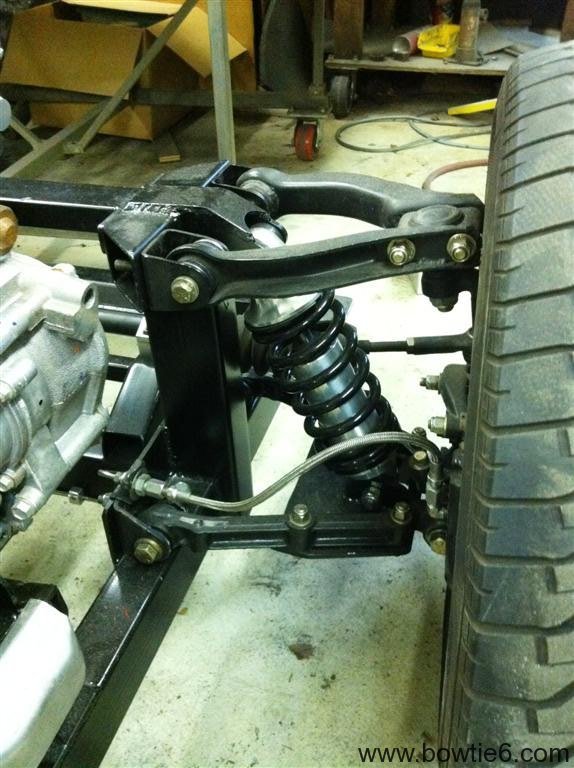Making a custom wiring harness is an interesting process. It takes time and careful thought. Is it for everyone? No. This is the second time I’ve wired bowtie6 and this time, I’ve applied several lessons learned from the first time. Basically: make things as easy as possible.
I’ve written previously about all this but I thought it would be nice to give a more in-depth view of the work I’ve done. Maybe this might be of help for someone, so let me start with the engine.
To start with, a factory GM engine harness was sourced. Contrary to popular belief, one does not need to buy a special harness (they are usually very expensive) to make an EFI engine run. When properly modified a factory harness is an excellent starting point: all the sensor plugs are there and the wire is of excellent quality. Special care has to be taken however, when the harness is extracted from the donor car: you want to make sure you get all the plugs and pigtails, including the fly-by-wire throttle pedal and its wiring pigtail.
I’ve seen many conversions where folks take an original harness and along with that, the instrument cluster, fuse box, firewall connectors, steering, etc. This results in a cobbled up, complicated affair. Why?
- The donor car’s instrument cluster is kept because modern EFI will not get along with original, mechanical instruments.
- The steering column is re-used because of the special vehicle anti-theft device that depends on the special tumbler and key to make the engine run. This is commonly known as VATS – Vehicle Anti Theft System.
- The original engine fuse box is retained because it is already made and it just “works”.
There is a better way. In my case, the harness was sourced from an Ecotec powered vehicle: a Chevy HHR. With the aid of the factory service manual for the Solstice/Sky, the harness was simplified by removing unnecessary circuits. Many wires were shortened and by doing this the harness was greatly simplified and made to fit the engine bay of the TR6. I did this because again, I’ve seen many conversions where people don’t resize the harness and this gives the engine compartment a very cluttered, busy look. I’ve also seen conversions where great care has been taken to hide as much of the harness as possible. This gives the installation a very professional, “factory” look which is not easy to do but if you take your time makes a huge difference.
In the case of the older six and eight cylinder engines the VATS can be disabled by adding a small, inexpensive aftermarket module or by having the ECM modified. This solves the problem of having to use the original key, tumbler and steering column. With the previous V6 in bowtie6, I used the aftermarket module. It basically had a switched hot lead, a ground wire and a wire that was in turn spliced into a pin on the ECM. With the Ecotec, we did not use a module instead we used software running on a laptop to disable the VATS circuit.
The ECM came from the same donor HHR the harness came from. This gives a good starting point and is compatible with all the sensors, fly-by-wire throttle, etc of the “original” vehicle. In my case, I’m running the 5 speed gearbox as fitted to the Solstice/Sky therefore the separate computer used to run the electronic automatic gearbox is removed – this was part of that “simplification” of the harness I mentioned previously.
After all the work of checking every wire for continuity, removing unnecessary wires and length alterations, several loose wires were left:
- There is one unswitched hot lead that keeps the ECM alive.
- There are a number of switched hot leads. These control items such as the O2 sensor, injectors, coils, etc.
- There are a number of ground wires that must be tied back to either the engine and consequently the engine must be grounded too..
- The ECM controls the fuel pump. Therefore there is a wire from the ECM that eventually goes to a relay that energizes the pump.
This pretty much wraps up the engine harness. All this has been done so basically bowtie6‘s Ecotec is all wired up. Not for the faint of heart, this process alone has taken many hours to accomplish. There is not easy way out here, but the result is very cool indeed.
So what is left to do? I’ve taken a different approach this time. The first time I wired bowtie6, there was one central fusebox where all circuits originated from. This was fine and dandy. The fuse box was hidden behind the dash but the problem was twofold: 1) a huge amount of wires coming and going and 2) it was extremely hard to get to. I once had a fuse blow and it was a hell of a job to find the blown fuse.
This time, the new harness is simpler and has been broken down into three main sections:
- Engine compartment: this section will hold the main circuits managing the engine harness. I’ve also included the headlights, horn and electric engine fan circuits.
- Occupant’s compartment: basically inside the car. A separate smaller fuse box will control all switches, instruments and heater.
- Trunk compartment: the last small fuse box where the tail lights, reverse lights, fuel pump and fuel sending unit are all controlled.
In the next installment I’ll have more details about the engine compartment wiring which has been completed. Stay tuned…

